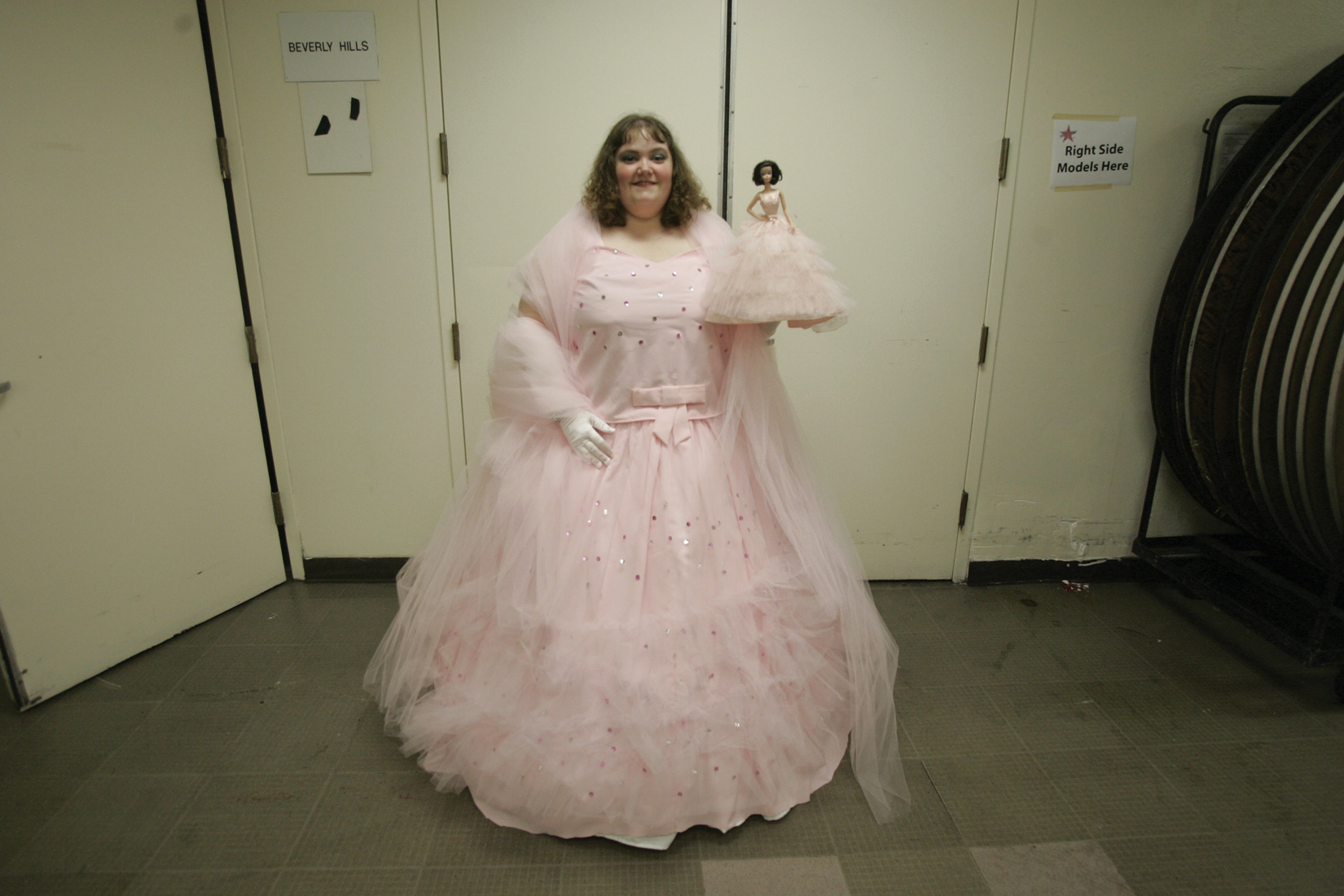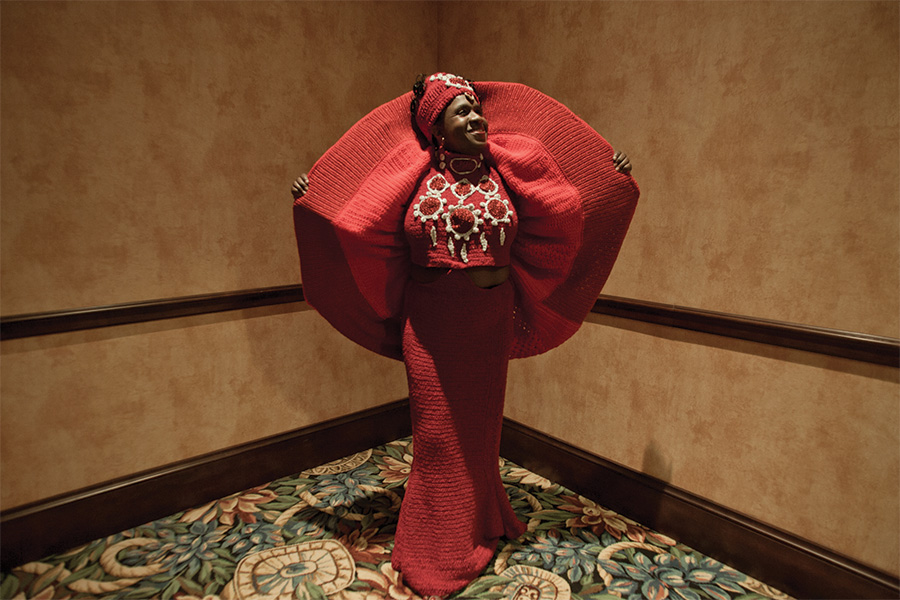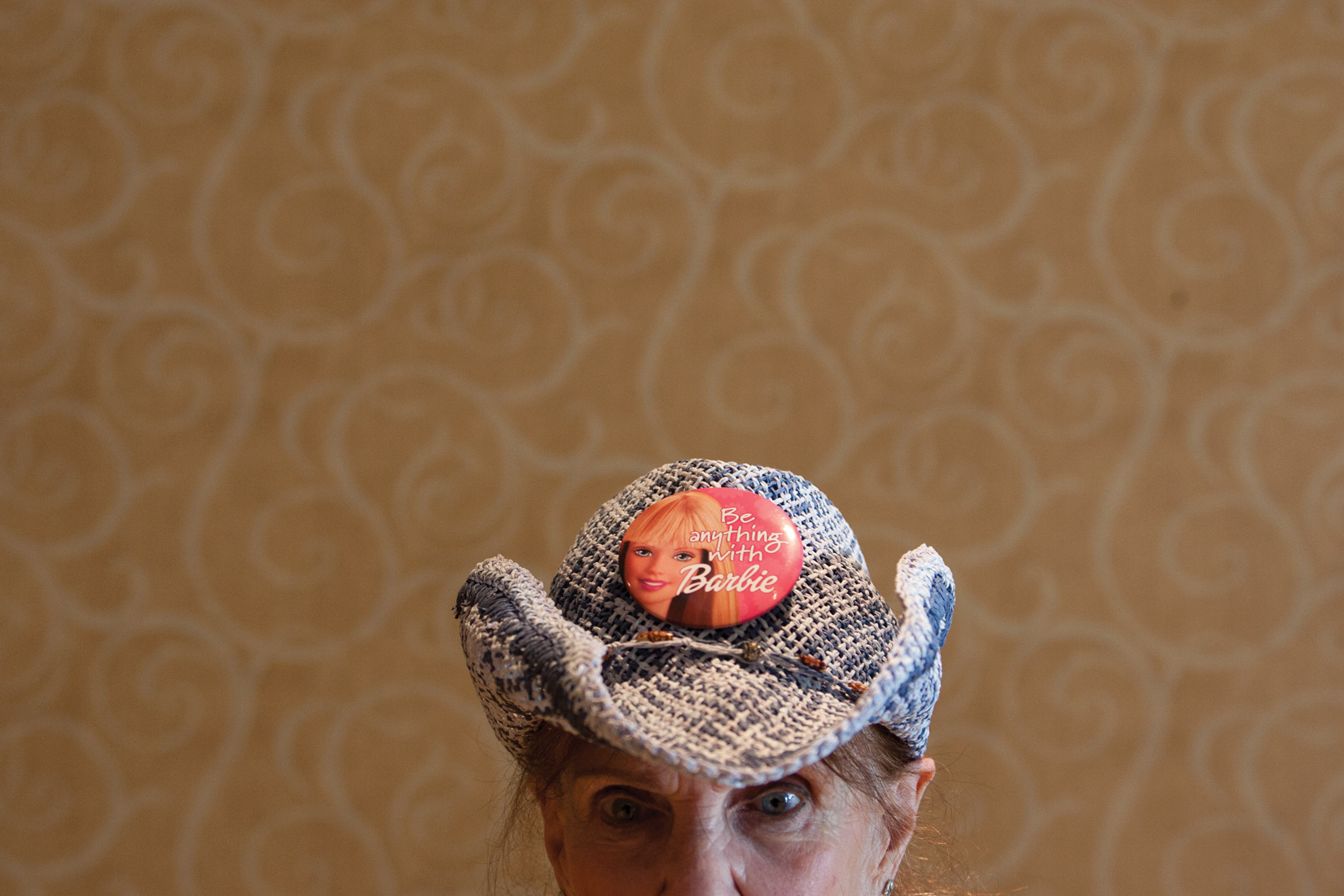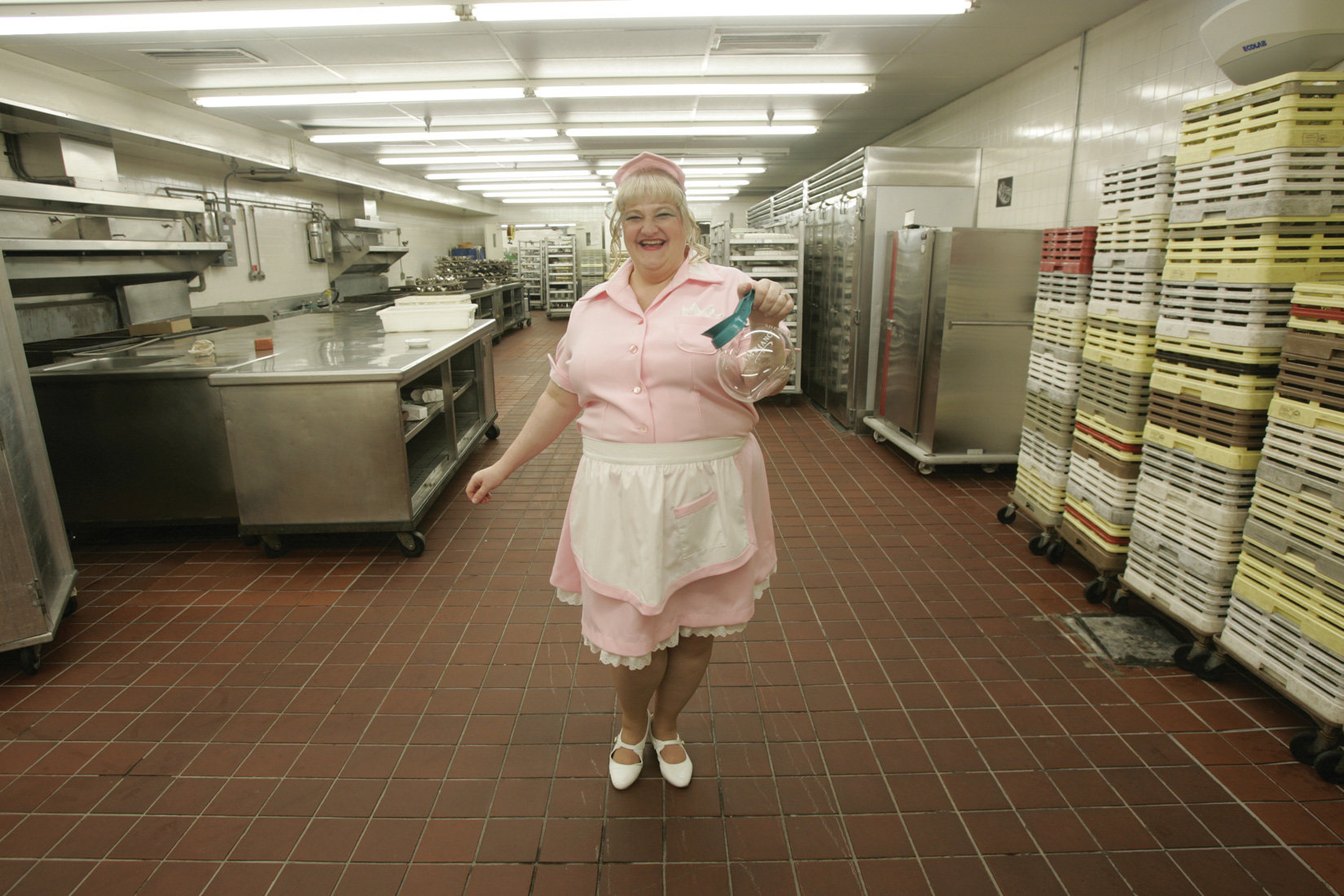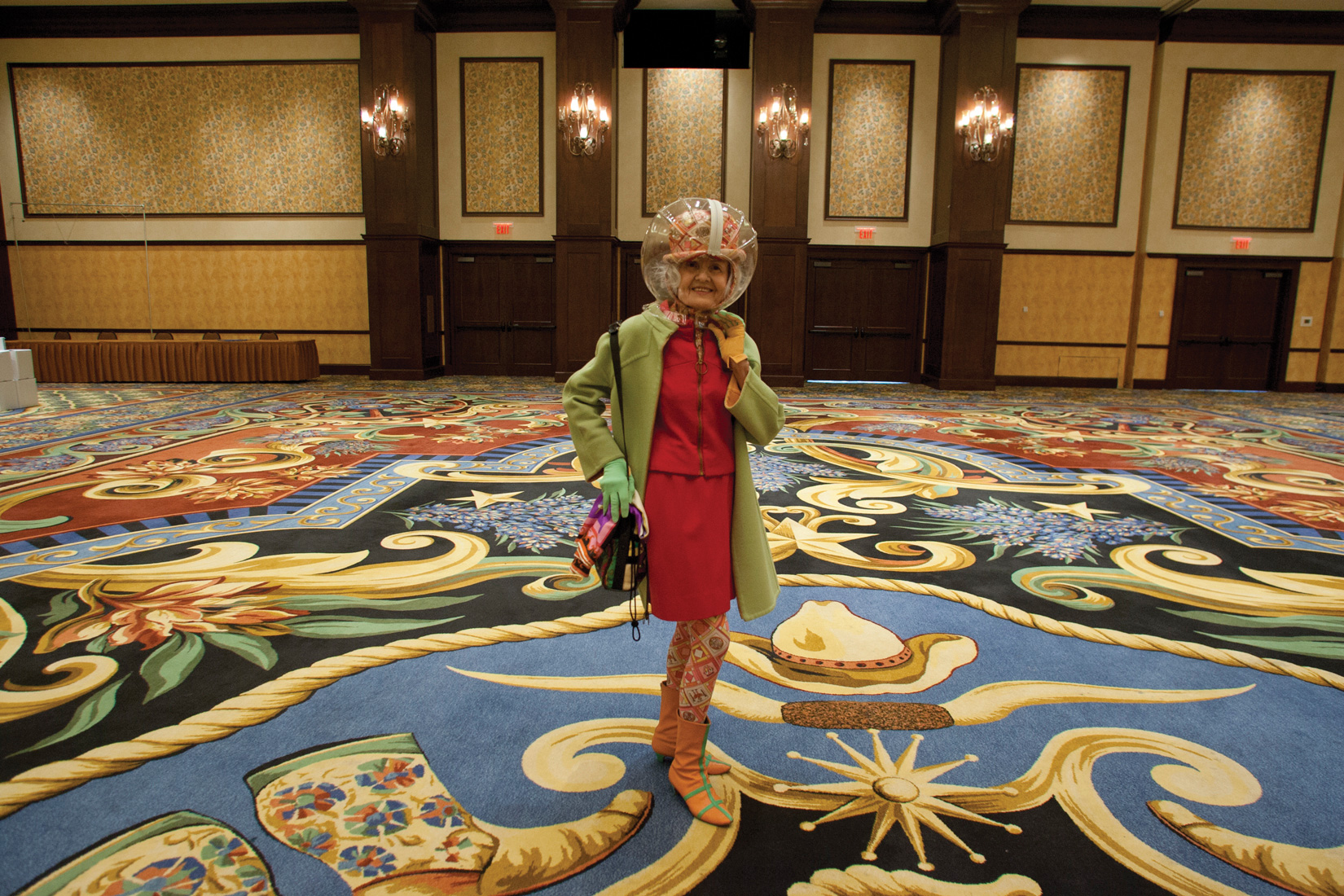Hector Mata Studio
The American photographer Hector Mata has evolved a potent approach to both conceptual photography and video during the last decade. This has given a striking, thought-provoking turn to his recent work in the visual arts, in which he addresses contemporary issues.
If before, when he was in his twenties, his stance was that of a trueblood photojournalist, he has developed a fine visual proposal, partly based on a quest for information that converses with both the research aspects and the empathy of the individual engaging in photojournalism; and partly, on the ethos of contemporary visual narratives. Through the use of subtle conceptual filters, Mata puts the accent on the displacement of the experience of the real, in the construction of his photographic images, and introduces framing devices to channel emotion. In video, Mata has fused his penchant for the construction of meaning through the carefully-structured visuality of the images and the expressive generation of rhythm through editing, with a stark viewpoint on objects and individuals that reveals his understanding of the man in the street as an actor in everyday life: one whose destiny can change dramatically in the heat of the moment but who is also known to rise to the situation and transform the commonplace by the sheer impulse to reject all the givens. The characters in his video narratives, more often than not are heroes without the heroics the public wants to see; and it is interesting to consider that Mata, for one, does not appear to be interested in portraying self-invented and promoted anti-heroes.
In his recent work, Mata is exploring the experience of the moving image from the perspective of the viewer, inducing the participant into an hypnotic trance. The world described in recent videos show us what it appears to be urban landscapes in perpetual motion. A dirty, abstract view of cities in their constant transformation. The use of sound that he carefully design accelerates the sense of fluidity and the non permanence of matter. Reality as we perceive it, is gone. A new reality replaces it.
Real Dolls
Beauty’s where you find It - “Vogue”,
Madonna (1991)
With each passing year, Barbie, the famous doll adult woman with attributes, is closer to 60. This does not prevent her to look so fresh and controversially and artificially attractive as in the day one of her existence. She continues to play with the minds of prepubescent playing with her around the world and that are absolutely legion. Her body, which was once impossibly curvy and now aims to be more 'natural', marks one of the female image patterns more ubiquitously internalized since childhood. Psyches modeled on this ideal, culturally assumed as part of a legacy of the West in the twentieth century, is one of the artifacts that appeals most successfully at pre-adolescent world as a hotbed of obsessive future consumers. Adults of all ages, who surprisingly, willingly submit their fantasy and self-esteem domain, are numerous worldwide. In the United States, as networks are occurring in many other areas of life socially organized, to join pay tribute to the beauty of this idolized Barbie - using circular feeding exchanging details and memories including foster collectors (with crisp profile fetishism) and summon to appear - gather thousands of individuals.
Conventions and national meetings with an armored logic celebrate the iconic timeless beauty of one of the most influential plastic toys with its own name in twentieth century. Their behavior paradoxically safeguard preciousness and Hector Mata witnessed one day one of these events armed with his camera. He accused the real-time impact of a theme with clearly desirable contours for a photographer who understands the role of fiction in the documentary. The fiction of beauty as good epochal matter is everywhere. Being beautiful or handsome is considered something that can be intricately produced and constructed anatomically and culturally. Post Human, 1991 exhibition curated by Jeffrey Deitch, put into question that beauty was only genetically preordained as a matter of natural selection. Millions of people follow the guidelines to procure beauty. If it is not undergoing a transformation found in plastic surgery, they adopt the same models and feel beautiful on their own terms. Mata decided he wanted to interfere in this universe of gregarious fans of Barbie to pursue them as they pursued a dream of beauty. This series of images is a long thoughtful tribute to them and their unflagging energy devoted to act a role in a normal happy train where there is an express disdain of physical decline and aging. (Jorge Villacorta)
Hector Mata Studio
The American photographer Hector Mata has evolved a potent approach to both conceptual photography and video during the last decade. This has given a striking, thought-provoking turn to his recent work in the visual arts, in which he addresses contemporary issues.
If before, when he was in his twenties, his stance was that of a trueblood photojournalist, he has developed a fine visual proposal, partly based on a quest for information that converses with both the research aspects and the empathy of the individual engaging in photojournalism; and partly, on the ethos of contemporary visual narratives. Through the use of subtle conceptual filters, Mata puts the accent on the displacement of the experience of the real, in the construction of his photographic images, and introduces framing devices to channel emotion. In video, Mata has fused his penchant for the construction of meaning through the carefully-structured visuality of the images and the expressive generation of rhythm through editing, with a stark viewpoint on objects and individuals that reveals his understanding of the man in the street as an actor in everyday life: one whose destiny can change dramatically in the heat of the moment but who is also known to rise to the situation and transform the commonplace by the sheer impulse to reject all the givens. The characters in his video narratives, more often than not are heroes without the heroics the public wants to see; and it is interesting to consider that Mata, for one, does not appear to be interested in portraying self-invented and promoted anti-heroes.
In his recent work, Mata is exploring the experience of the moving image from the perspective of the viewer, inducing the participant into an hypnotic trance. The world described in recent videos show us what it appears to be urban landscapes in perpetual motion. A dirty, abstract view of cities in their constant transformation. The use of sound that he carefully design accelerates the sense of fluidity and the non permanence of matter. Reality as we perceive it, is gone. A new reality replaces it.
